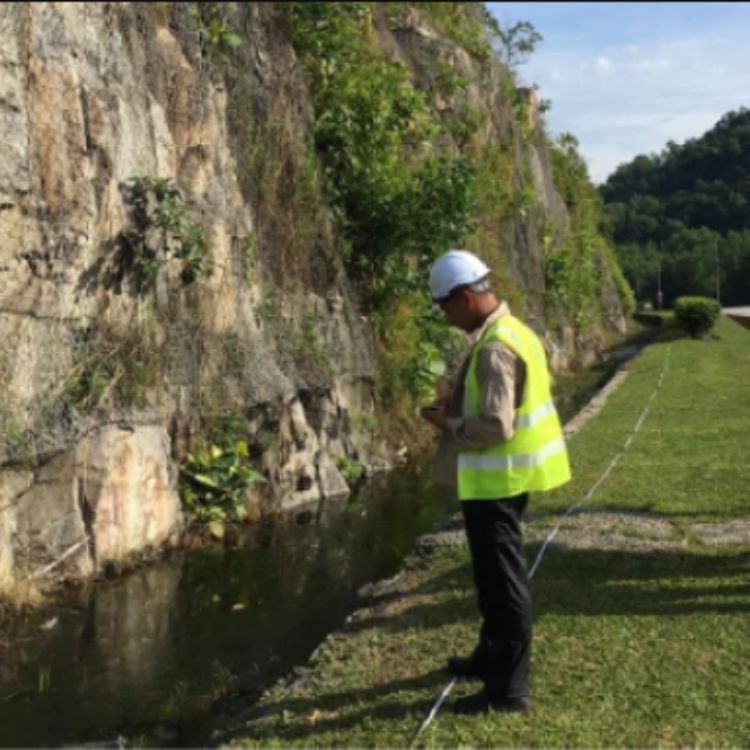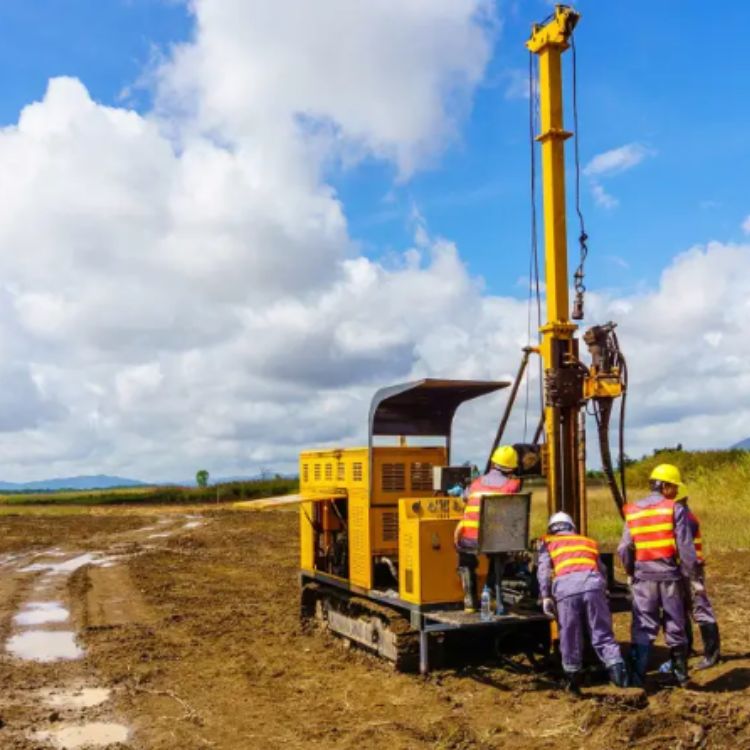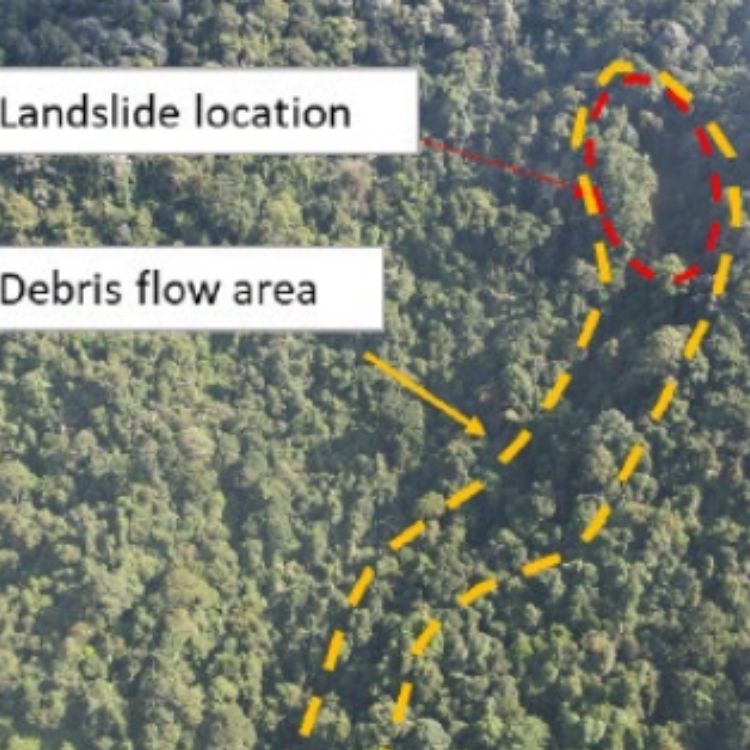This guide reveals the 6 essential processes in a soil investigation report that every Malaysian geologist and engineer must know.
Whether you’re constructing a high-rise in Kuala Lumpur or planning slope stabilization in Sabah, understanding the soil investigation report Malaysia process is critical. We’ll explore how to make a soil test report, what’s inside and how Geotechnica delivers unmatched quality and precision.
In Malaysia, many still think a soil investigation report for building is just a formality. Some developers cut costs by skipping proper testing or relying on outdated data.
Others believe soil investigation is only for mega-projects, ignoring that even small-scale residential builds can suffer structural failures without accurate subsurface data.
If you’re serious about foundation safety, project cost efficiency and compliance with local geotechnical standards, this is your blueprint.
By the end, you’ll know exactly what goes into a professional soil investigation report and why Geotechnica’s approach sets the benchmark for accuracy, affordability and engineering excellence.
“Adequate site and soil investigation is essential to ensure safe, efficient and sustainable geotechnical design.” — International Society for Soil Mechanics and Geotechnical Engineering (ISSMGE), TC Sustainability in Geotechnical Engineering
What is Soil Investigation?

Soil investigation is the systematic study of subsurface conditions to determine soil properties, rock profiles, groundwater conditions and potential geohazards. A soil investigation report compiles this data into actionable engineering recommendations for design and construction. It is the geotechnical baseline report that guides foundation design, slope stability analysis and earthworks planning.
Why Does Soil Investigation Matters?
Without a proper soil investigation report, projects risk:
- Foundation failures due to underestimated bearing capacity.
- Excessive settlement from unrecognized compressible layers.
- Slope instability in hilly terrains.
- Delays & cost overruns from unforeseen subsurface conditions.
The Department of Standards Malaysia (MS 2038) and local authorities require soil investigation as part of construction feasibility studies.
Is Soil Investigation Required in Residential Buildings?
Yes. Even a small bungalow can suffer structural damage if built on poorly compacted fill or expansive clay. A soil investigation report Malaysia for residential projects provides data on load-bearing capacity, soil classification and groundwater influence preventing costly post-construction repairs.
How to Measure Soil Resistance?
Soil resistance is measured through in-situ tests like:
- Standard Penetration Test (SPT) – Common in Malaysia for shallow foundations.
- Cone Penetration Test (CPT) – Determines tip resistance and sleeve friction.
- Plate Load Test – Evaluates bearing capacity directly on-site.
Data from these tests feed directly into the soil investigation report, informing engineers about safe design loads.
Key Process in Soil Investigation
1. Desktop Study & Site Reconnaissance

Soil investigation begins with a detailed desktop study and site reconnaissance. Engineers review geological maps, historical land use and available geotechnical data to form an initial understanding of the site conditions.
This is followed by site visits to identify visible hazards such as erosion, slope instability or drainage problems. In some cases, geological and topographic surveys are conducted to map soil layers, rock formations, surface features and groundwater levels. These steps help determine the site’s suitability for construction and highlight potential risks.
2. Borehole Drilling & Sampling
Once the preliminary study is complete, borehole drilling is carried out using rotary wash boring or percussion drilling methods to penetrate different soil strata. Depth-specific sampling is performed at various locations across the site, allowing engineers to build a vertical profile of the ground conditions.
Both disturbed and undisturbed samples are collected, the latter being carefully preserved to retain natural soil structure and moisture for accurate laboratory testing.
3. In-Situ Testing
To complement the sampling process, in-situ tests are performed directly in the field. Common tests include the Standard Penetration Test (SPT), Cone Penetration Test (CPT) and vane shear test, which provide valuable information on soil resistance, density and shear strength. These tests allow engineers to assess the soil’s performance under real conditions without disturbing its natural state.
4. Laboratory Testing
Samples collected from the field undergo a series of laboratory tests to determine the soil’s physical and mechanical properties. These include moisture content determination, Atterberg limits, grain size distribution and specific gravity tests, as well as advanced tests such as triaxial shear and consolidation testing.
The results provide a detailed understanding of the soil’s strength, compressibility and hydraulic behavior which are the key factors for safe foundation design.
5. Soil Stratigraphy & Analysis
With both field and laboratory data available, engineers develop a clear soil stratigraphy that maps subsurface layers, bearing stratum, weak zones and groundwater levels.
This stage also involves engineering analysis such as bearing capacity evaluation, settlement prediction and liquefaction assessment for seismic-prone regions. Together, these analyses ensure that the design accounts for ground conditions and minimizes structural risks.
6. Reporting & Documentation
All findings are compiled into a structured soil investigation report. This report includes borehole logs, laboratory test results, soil profiles and detailed engineering interpretations.
Most importantly, it provides design recommendations tailored to the project, ensuring that construction proceeds on a solid and well-understood foundation.
Soil Investigation by Geotechnica
GA & Conceptual Design for Potential Slope Hazards at Jelapang

In 2024, Geotechnica was appointed to carry out a comprehensive soil investigation and geohazard assessment for a potential slope hazard project in Jelapang, Perak. This assignment was initiated following reports of several slope locations along the North–South Expressway that posed potential risks to highway users.
Unlike routine maintenance tasks that fall under standard work order systems, the complexity and scale of this project required a specialist approach and expertise beyond conventional procedures.
The investigation involved a combination of geological mapping, borehole drilling, Cone Penetration Tests (CPT) and laboratory testing to evaluate the geotechnical and hydro-topographical conditions of the site.
Findings revealed the presence of a weak clay layer at a depth of approximately 6 metres, which could compromise slope stability if left unaddressed.
Based on the risk evaluation, Geotechnica recommended a series of mitigation measures, including slope re-profiling to improve geometry, the installation of sub-drainage systems to manage groundwater and the construction of a reinforced retaining wall.
These solutions were tailored to enhance slope stability and prevent potential failures, ensuring the safety of highway users and the long-term resilience of surrounding infrastructure.
“Investing in proper geotechnical investigation reduces hidden costs and ensures safer, more economical project outcomes.” — Australian Geomechanics Society, The Hidden Cost of Geotechnical Investigations
A soil investigation report is more than numbers, it’s the blueprint for safe, cost-effective and sustainable construction. At Geotechnica, we combine cutting-edge testing, GIS-based geological mapping and decades of field expertise to deliver reports that engineers trust.
In Malaysia’s challenging geological conditions, cutting corners on soil investigation is a gamble you can’t afford. Geotechnica offers soil investigation report Malaysia services that are precise, fast and competitively priced.
From how to make a soil test report to full-scale geotechnical site studies, we’re your partner in building with confidence.
Contact Geotechnica today and get your project backed by data you can trust.



